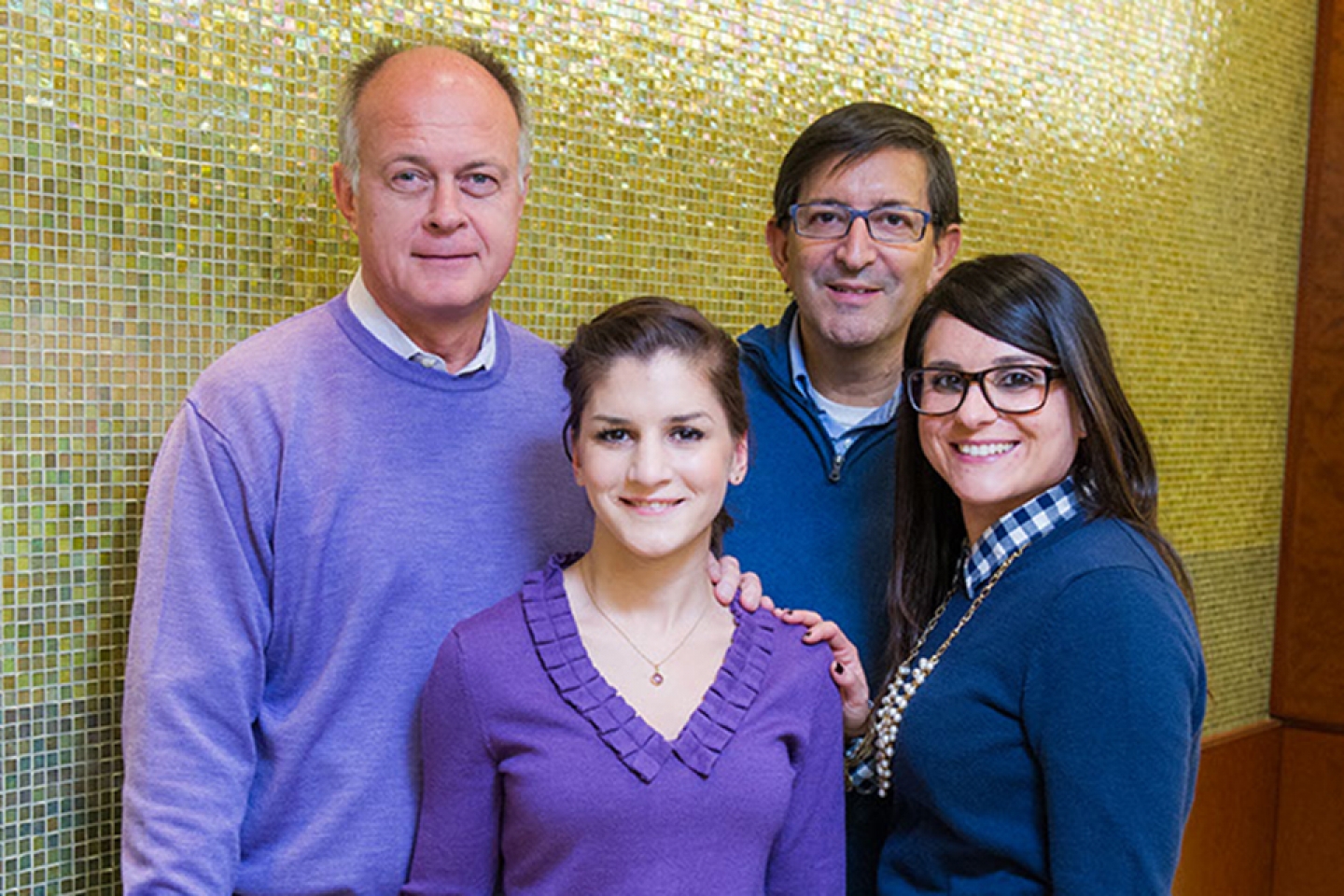
Unfortunately, approximately one-third of patients that need a kidney transplant who come forward with potential living donors will be incompatible with their donor(s). This amounts to a large number of people who need a kidney and have a willing donor whose kidney doesn't "match" them. One way to help solve this problem is to enter the incompatible donor and recipient into a larger pool of other incompatible donor and recipient pairs.
This "Kidney Paired Donation" (KPD) allows the incompatible pair to be listed in a national database that provides the ability to be matched with other donors and recipients who are also in need of a compatible match. They may be located in different parts of the country.
One benefit to KPD is that the recipient may avoid the additional therapy needed for positive crossmatch or ABO incompatible transplants. In addition, compatible pairs may also choose to participate in KPD in order to find a better genetic or age match for the recipient, or to avoid antibodies that may be harmful to the kidney in the long-term. This matching process has greatly increased the ability of patients with willing but incompatible donors to receive a transplant.
Since 2008, when we performed our first KPD transplant chain as the founding member center of the National Kidney Registry, our transplant center has been able to transplant more than 200 patients through Kidney Paired Donation, transplants that wouldn't have been possible before the introduction of paired exchange! Nationally, the National Kidney Registry has facilitated over 2,900 kidney transplants.